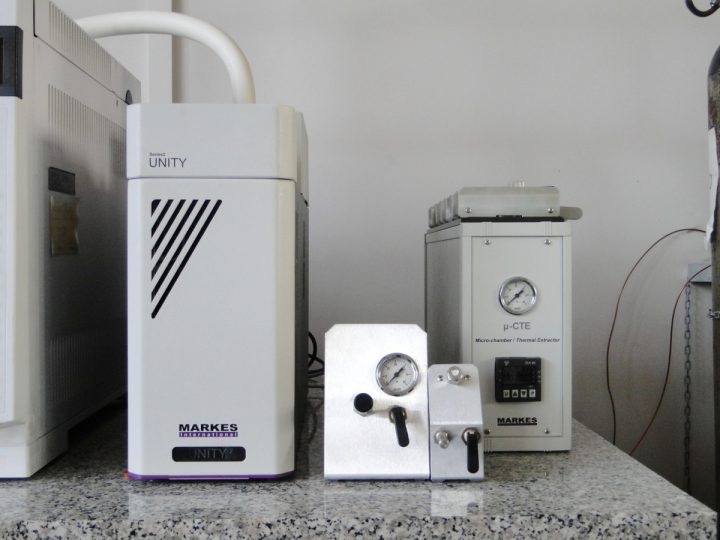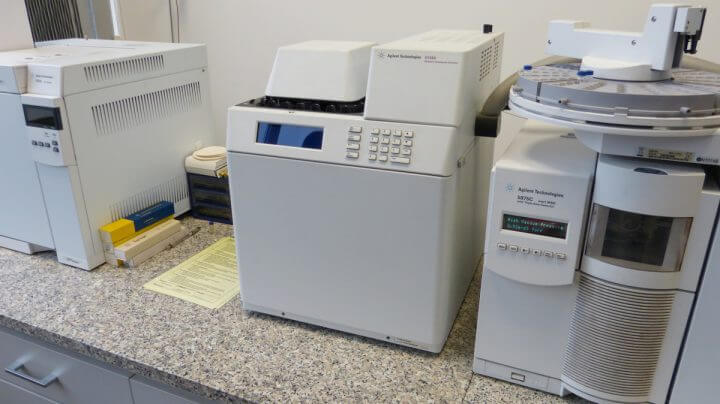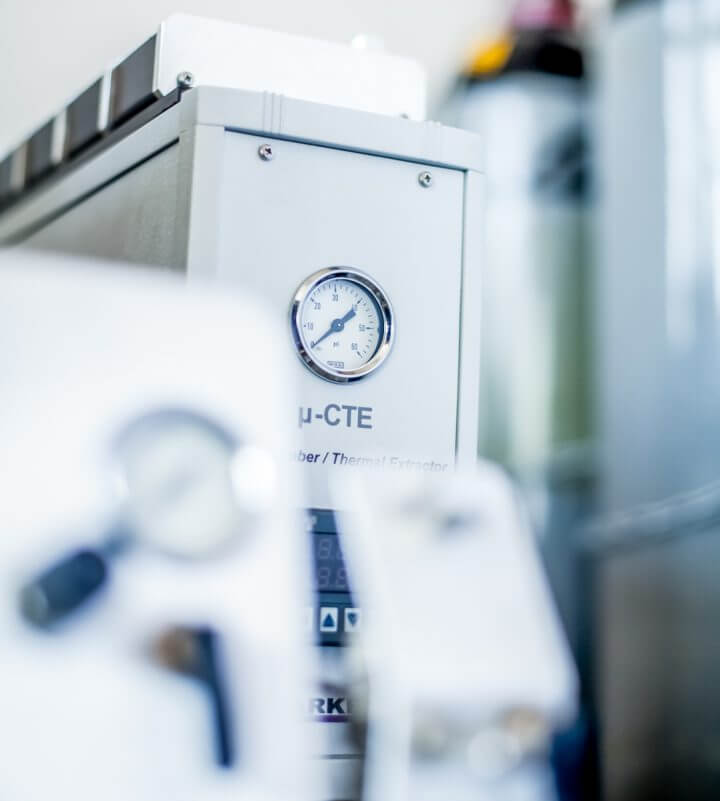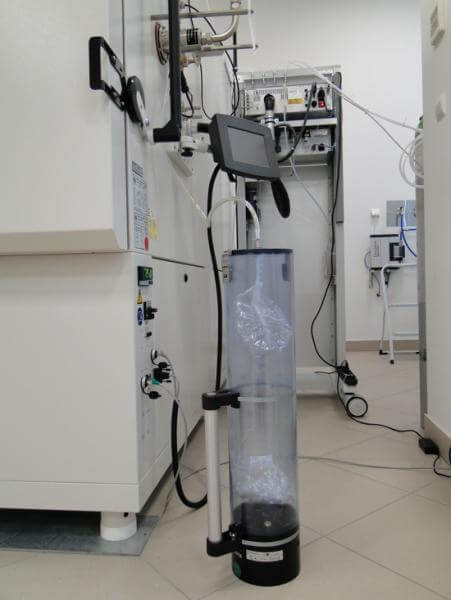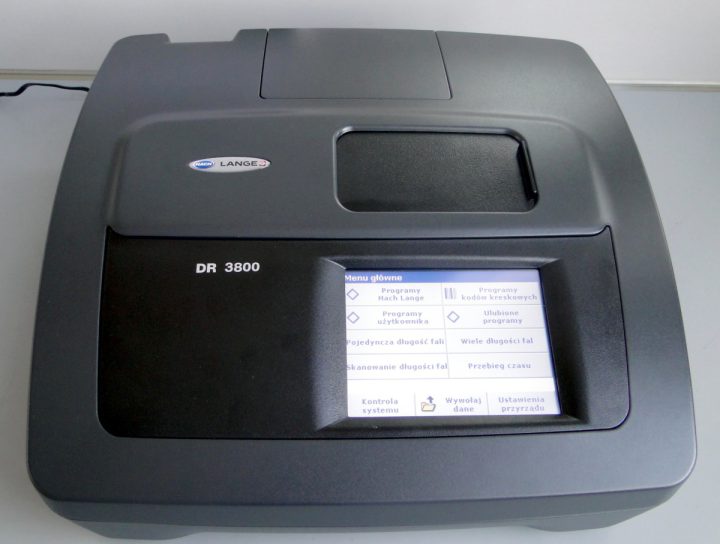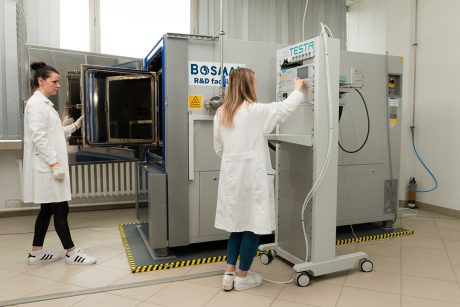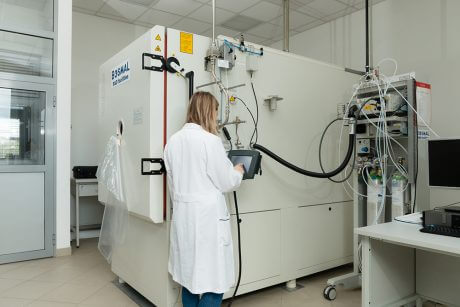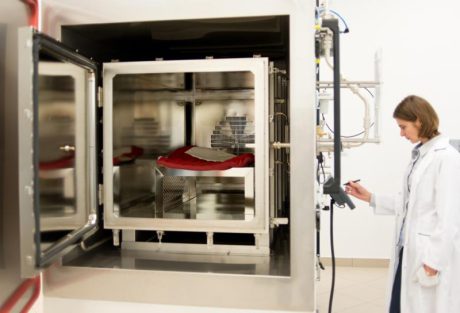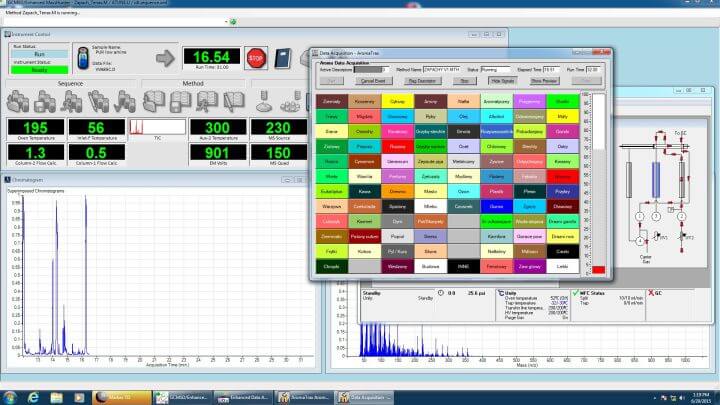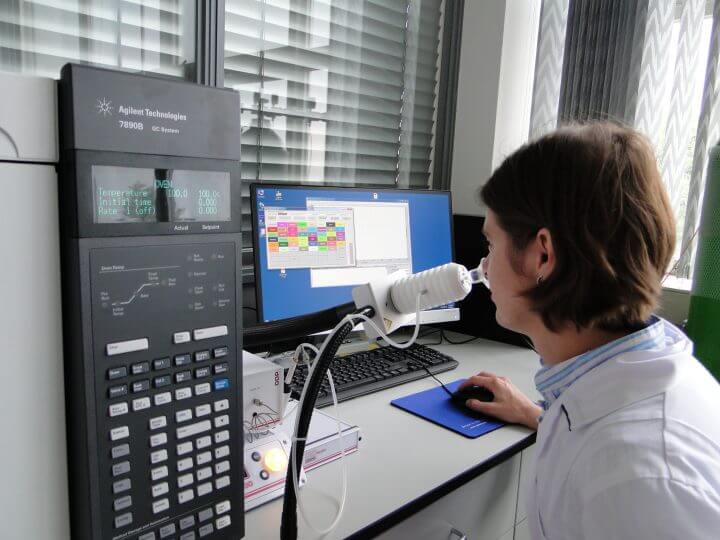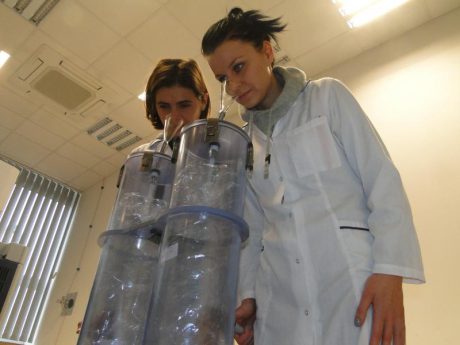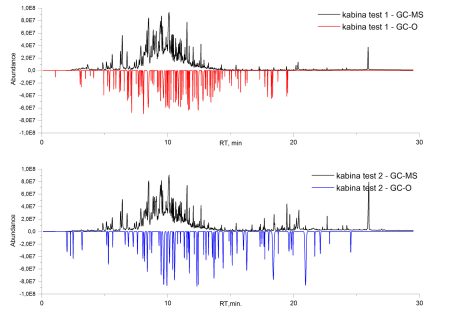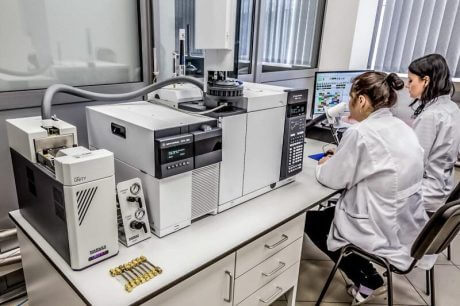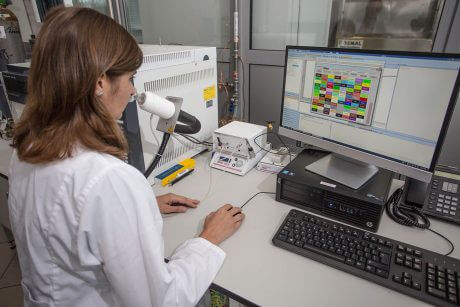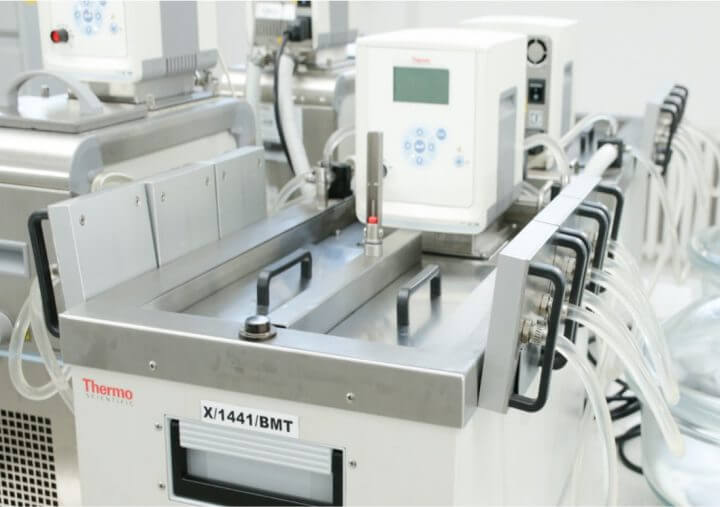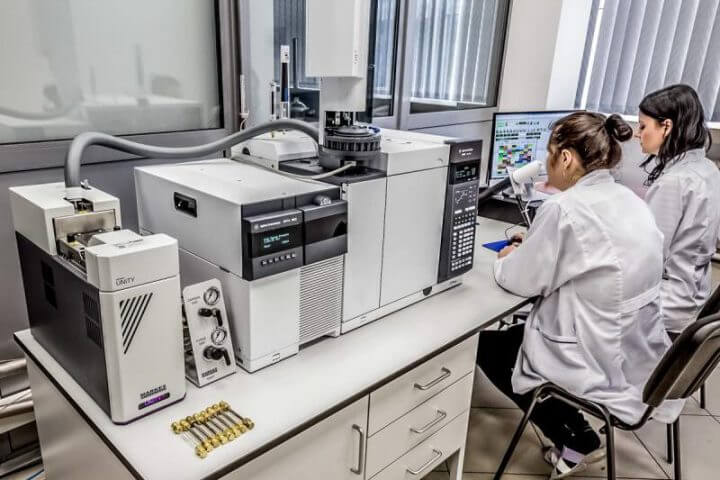On this page:
- Emission of volatile substances (emission of organic compounds – VOCs)
- Determination of volatile, semi-volatile and heavy organic compounds (VOC, SVOC, FOG) – direct thermal desorption
- Total volatile organic compounds emission (TVOC) and determination of specific substances using a headspace-type sampler
- Determination of organic compound emissions using a microchamber
- Organic compound emissions in a 1 m³ emissions testing chamber
- Determination of formaldehyde and carbonyl compound emissions
- Material and product smell
- Fogging test
- Vehicle Interior Air Quality (VIAQ) and determination of sources of unpleasant odours



